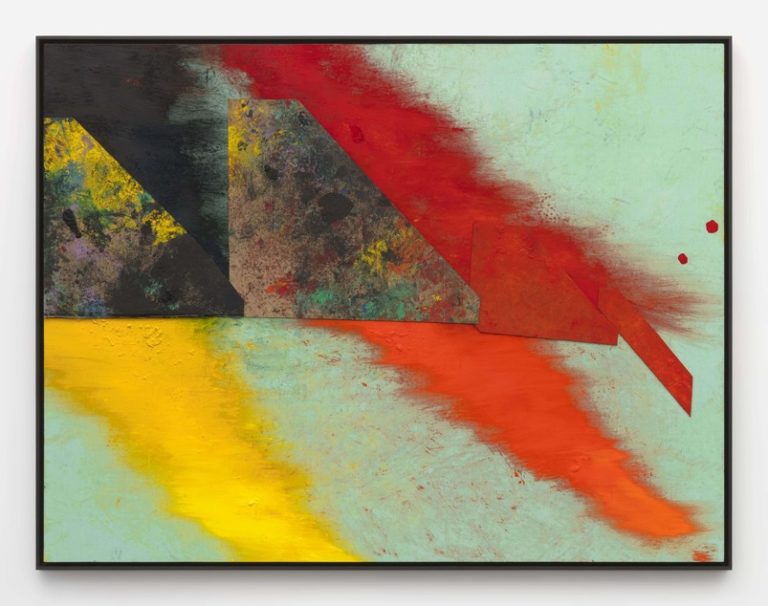Los-Angeles based artist Sterling Ruby is known for the multifaceted nature of his practice. Employing a diverse range of mediums—including sculpture, drawing, collage, ceramics, painting, and video—Ruby often engages with themes related to trauma, racial and gender equality, the societal ruptures of the contemporary world.
Drawing his inspiration from Judith Butler’s gender theory, Constructivism, the philosophy of Gilles Deleuze, and Futurism, the artist has become an art world phenomenon. His extraordinary work mixes timelines and evokes a political tension, establishing a powerful balance between future and past.
In 2019, Ruby launched a ready-to-wear clothing line, S.R. STUDIO. LA. CA. The garments are cut from the same handmade fabrics that are featured in Ruby’s art pieces. The clothing and accessories exist in conversation with Ruby’s wider body of work, signifying a natural evolution of his artistic vision and celebrating a new direction in his creative research.
Ruby’s artwork has been exhibited in galleries and museums all around the world, including MoMA, New York; Museum of Contemporary Art, Los Angeles; Guggenheim Museum, New York; Centre Pompidou, Paris; Musée d’Art Moderne, Paris; and the Tate Modern, London.
We met with the artist before the opening of his new exhibition DROWSE MURMURS at the St-Georges gallery, Xavier Hufkens in Brussels to speak about freedom of interpretation, the relationship between meaning and form, and the constant evolution of his practice.

